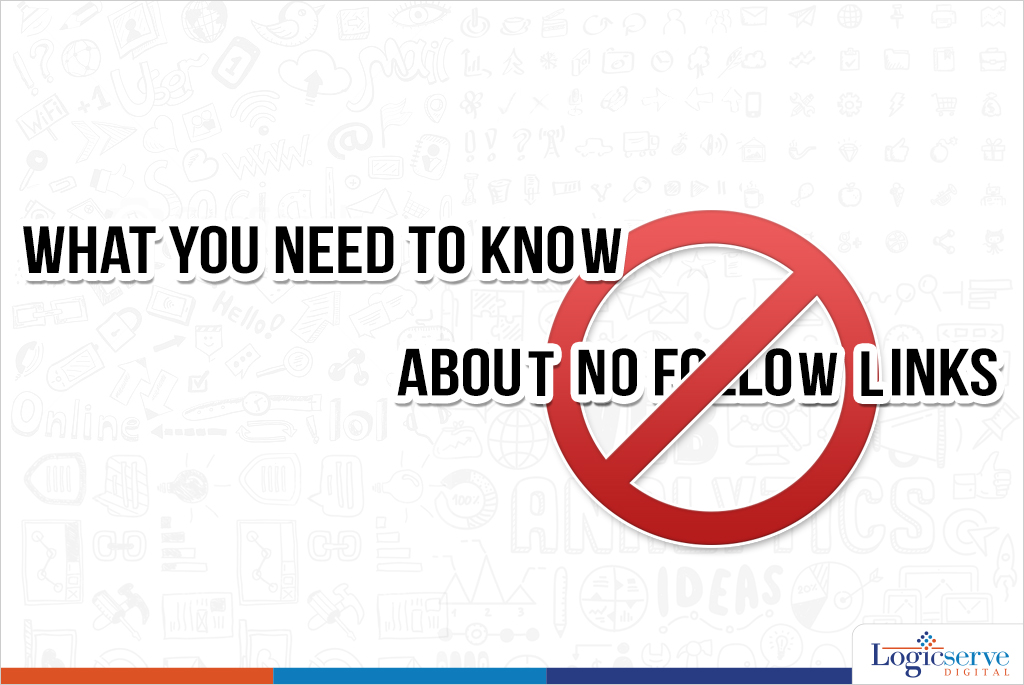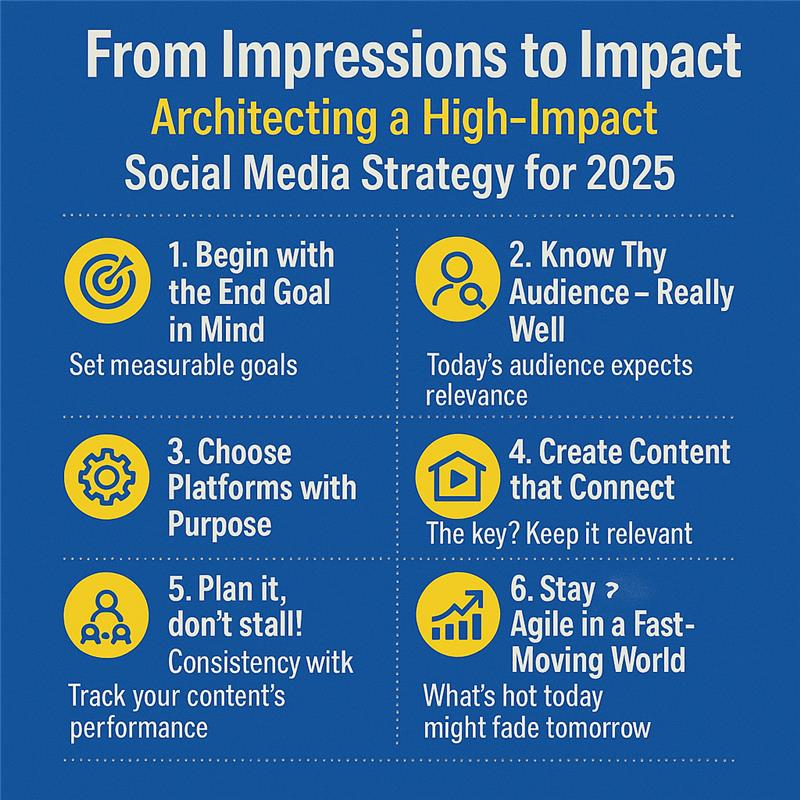 Whatever other gods may or may not strike terror in the hearts of webmasters and SEO professionals, Google’s webmaster guidelines are treated with the sort of reverence that is usually reserved for stuff written in old religious texts.
The meaning and role of Google’s rel=”nofollow” attribute is pretty important as it has to do with Google’s all-important PageRank algorithm. Manipulating PageRank is a big no-no in the Googleverse and a big violation of Google’s quality guidelines.
Whatever other gods may or may not strike terror in the hearts of webmasters and SEO professionals, Google’s webmaster guidelines are treated with the sort of reverence that is usually reserved for stuff written in old religious texts.
The meaning and role of Google’s rel=”nofollow” attribute is pretty important as it has to do with Google’s all-important PageRank algorithm. Manipulating PageRank is a big no-no in the Googleverse and a big violation of Google’s quality guidelines.
PageRank Matters
This might be known but worth repeating. Google assigns a PageRank to every page based on hundreds of factors and one of them is in-bound links — the more in-bound links point to a website, the better its PageRank. Well, inevitably this created a scope for manipulating the PageRank of a website by creating many artificial in-bound links to a site in a process called ‘link spamming’ resorted to by ‘black hat’ SEO professionals. For example, you might post a ton of comments on blogs where you post a link to a particular site and if every such instance of a link were to add link juice to the site, then Google’s PageRank metric would get fairly manipulated by unscrupulous folks in a wrong manner. Hence, Google introduced the rel=nofollow attribute which has syntax as shown below. <a href=”https://www.mysite.com/”rel=”nofollow”>my site</a> So, to ensure the integrity of the PageRank metric, Google Webmaster guidelines suggest the use of the rel=nofollow attribute in certain cases. These include:- Untrusted content — When you link to a web page whose content you don’t want to vouch for. These might include when users post comments on blog posts with a link to their site. Once you use nofollow, spammers will hopefully get discouraged as they will stop benefiting from their comments once their comments are all nofollow-ed. Once Wikipedia suffered from this problem of people posting links in Wikipedia references just to get PageRank, they made all their reference links nofollow. This was a broad brush solution which probably should be more nuanced such as letting trusted Wikipedia editors post links that are dofollow rather than nofollow.
- Paid links — When you are posting links on your sites as part of a paid scheme, then you should specify that it’s a paid link so that Google’s ranking algorithm does not get manipulated in an unfair manner. It makes sense to use rel=nofollow in such cases.
- Log in pages — There is no point in having Google crawl a log-in page or registration page on your website. Hence, it makes sense to use rel=nofollow for those pages. This way of controlling precisely where your link juice flows inside the website is an instance of PageRank sculpting.




